FLY TYING 102 - HOPPER LEGS
I love hopper fishing during the late summer and early fall months. I will usually abandon my local haunts and seek out rivers where the banks are full of meadow grass.
There are over 600 hopper species found in North America alone. They range in hook size from a #14 to a #2 and come in a diversity of chromatics. No specific times for a hatch, they're on the water during most of the daylight hours and they elicit some 'titanic' strikes.
If you're a newcomer to fly tying and have mastered the basic skills of tying it may be time to broaden your artistry. Tying hopper legs is one of the skills that will add to your mastery of accomplishments.
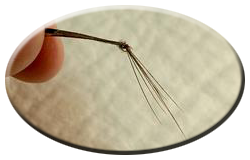
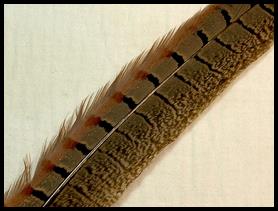 There are many techniques for tying hopper legs, some of which involve the purchase of special tools or procedures that require a lot of patience and practice. The technique I'm going to share today can be done simply and easily. It can be accomplished with common fly tying tools.
There are many techniques for tying hopper legs, some of which involve the purchase of special tools or procedures that require a lot of patience and practice. The technique I'm going to share today can be done simply and easily. It can be accomplished with common fly tying tools.
Let's start by using a pheasant tail feather to start our 'hopper leg' experience. .
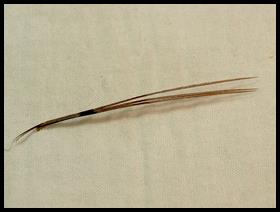 Pluck 2 or 3 fibers from the tail feather. Do not select fibers from near the base of the feather; they will be too short. Select fibers from a little higher up on the feather's quill, near the middle. For larger hopper patterns requiring heaver legs use 5, 6, 7 or even 8 fibers.
Pluck 2 or 3 fibers from the tail feather. Do not select fibers from near the base of the feather; they will be too short. Select fibers from a little higher up on the feather's quill, near the middle. For larger hopper patterns requiring heaver legs use 5, 6, 7 or even 8 fibers.
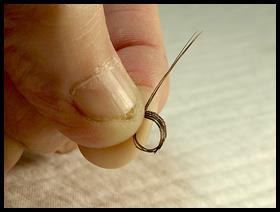 Twist the fibers into a loop. If the fibers are
Twist the fibers into a loop. If the fibers are
not cooperating try moistening them.
 The next step is to select a tool that will fit through the loop. It is important that the 'tip'
The next step is to select a tool that will fit through the loop. It is important that the 'tip'
of the tool is long and has a narrow profile. Pictured here are a few of the tools I've had success with.
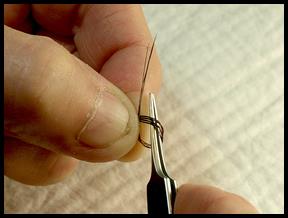 Insert the selected tool through the loop of tail fibers.
Insert the selected tool through the loop of tail fibers.
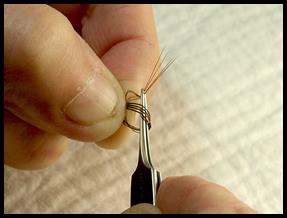 Attach the tool to the loose end of the tail fibers
Attach the tool to the loose end of the tail fibers
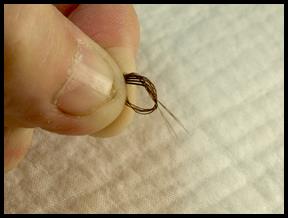 Pull the fibers out through the loop.
Pull the fibers out through the loop.
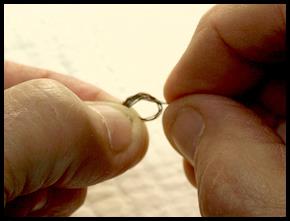 Grasp the loose ends of the fibers between your fingers.
Grasp the loose ends of the fibers between your fingers.
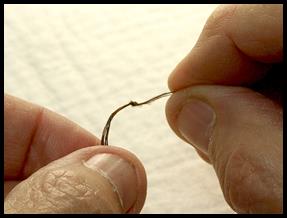 Pull on both ends of the fibers until a knot has been formed.
Pull on both ends of the fibers until a knot has been formed.
 You have now successfully completed a hopper leg.
You have now successfully completed a hopper leg.
Once the leg(s) are tied onto the hopper, simply trim to the desired length.
Commercially tied hopper legs are available from several sources and even come in a variety of colors. But creating and tying in legs on that hopper pattern that was tied by 'you personally' will bring a great sense of satisfaction. Don't stop with pheasant tail fibers; try turkey and goose quills, peacock herl and even hackle, to make your hopper legs out of.
See you on the water…..
Tom Deschaine
~ www.michigandryflies.net ~
Copyright2013©Deschaine
For more great info, check out:
Beginning Fly Tying | Intermediate Fly Tying | Advanced Fly Tying.
